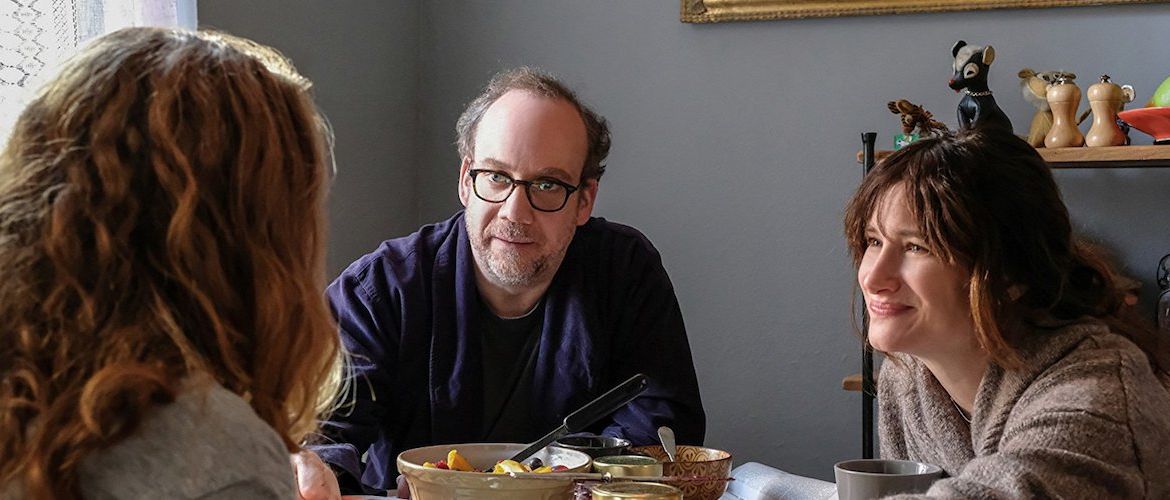
What makes a family?
In the month of May, we celebrated Mother’s Day on the 10th and the International Day of Families on the 15th. I find both these days interesting because as a single woman, one of the initial questions I often get asked when meeting people for the first time is, “Do you have a family?”
I always answer in the positive. Yes, like most people I do have a family – my parents, my siblings, their spouses, and my three beautiful nieces. I suspect what the person actually wants to ask is, “Do you have children and are you married or with someone?” The notion of a family seems to mean different things to different people though societal norms expect you to conform to the idea of marriage or some form of union and producing offspring. The idea that one could be happy with one’s life irrespective of marriage or a partner or children might be alien to some, leading them to directly or indirectly put pressure on people to tick those boxes.
The question of what makes a family was on my mind when I recently watched the movie Private Life about a middle-aged couple, Rachel and Richard, from New York who are struggling to conceive a child. They had put off having children because Rachel was keen on concentrating on her career as a writer. She is 41 years old and her husband Richard is 47. They had tried several Intrauterine Inseminations (IUIs) without success and had even gone in for online adoption where they were paired with a young girl in Arkansas who failed to show up for the final meeting despite having had long frequent online chats with them.
According to their sister-in-law Cynthia, they have become obsessed with trying to have a child at any cost. They enrolled in an IVF treatment which revealed that Richard had a blocked passage that would not allow him to produce sperm naturally. So they go through the various cycles of fertility treatments that make one “emotionally incontinent” as Richard puts it – pumping hormonal injections into Rachel, dealing with the uncertainty of conception due to age, and guilt that they didn’t start the process of conceiving earlier. All the while, accumulating debt, borrowing from Richard’s brother, as these treatments are not cheap.
The pressure to be a “mother” is overwhelming for Rachel and she will go to any lengths to be one, including when she is not comfortable with the procedure suggested. For example, when the IVF treatment fails and the doctor suggests an egg donor, she feels as though she is reduced to being a “bellhop” carrying a child, where someone’s “body parts” would be put into her uterus. But she knew the chances of her conceiving on her own were as low as four percent compared to a 65% chance with a younger egg donor. She was trying to reconcile herself to the fact promoted by the clinic that “it sometimes takes three to make a family.”
So, instead of seeking out a stranger, they ask their step-niece Sadie who has recently dropped out of college to be the egg donor. She is familiar with the concept as several of her college mates have been donors and paid for their education with the money earned. She agrees as she wants to please her uncle and aunt who she sees as role models. However, she does not anticipate the emotional rollercoaster ride she would undergo with the hormonal injections and weight gain. This collaboration does not work out too.
Halloween is part of the story a couple of times, showing how the pressure to entertain children with trick or treats is not so much fun for a couple who are struggling to have a child of their own. It makes us wonder how difficult it must be for people who don’t have children or a traditional “family” to celebrate any social or religious events that put the emphasis on families or children and thereby excludes them from fully participating.
The film gently explores these intertwined relationships that are not always pleasant and smooth, but are very realistic. It also shines a light on a topic that is not often discussed but weighs heavily on many women – infertility and motherhood. Infertility affects up to 15% of reproductive-age couples worldwide. Not only does it cause emotional and psychological distress amongst couples but also has various social, economic, physical and psychological implications. It is often not part of basic healthcare or covered by insurance, and alternate options like adoption are also not easy to avail of. One might be on an adoption list for a long time and the “emotional roulette” takes its toll because there is no certainty of the biological mother giving up the baby or when a baby might be available.
I know about that first-hand as I have watched members of my family and friends go through fertility treatments and adoption procedures. None of it is easy and it is not helped by the silence around it, or in some cases the clinical approach of the medical fraternity. Films such as this one might make it easier to begin a dialogue within trusted circles so that couples like Rachel and Richard can explore options. Sensitivity and unconditional support of family members is also critical in facilitating the wellbeing of the couple. Ironically, one cannot conceive when one is tense.
As for me, I am content with my idea of family and my beautiful nieces never leave me feeling unloved.